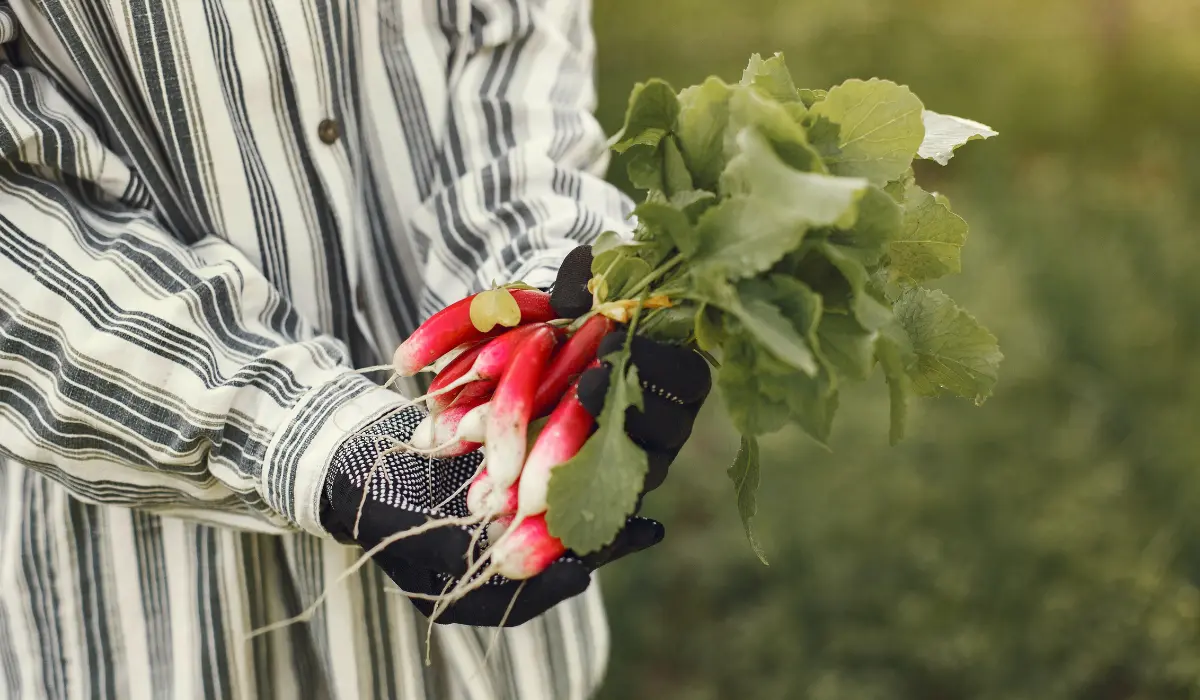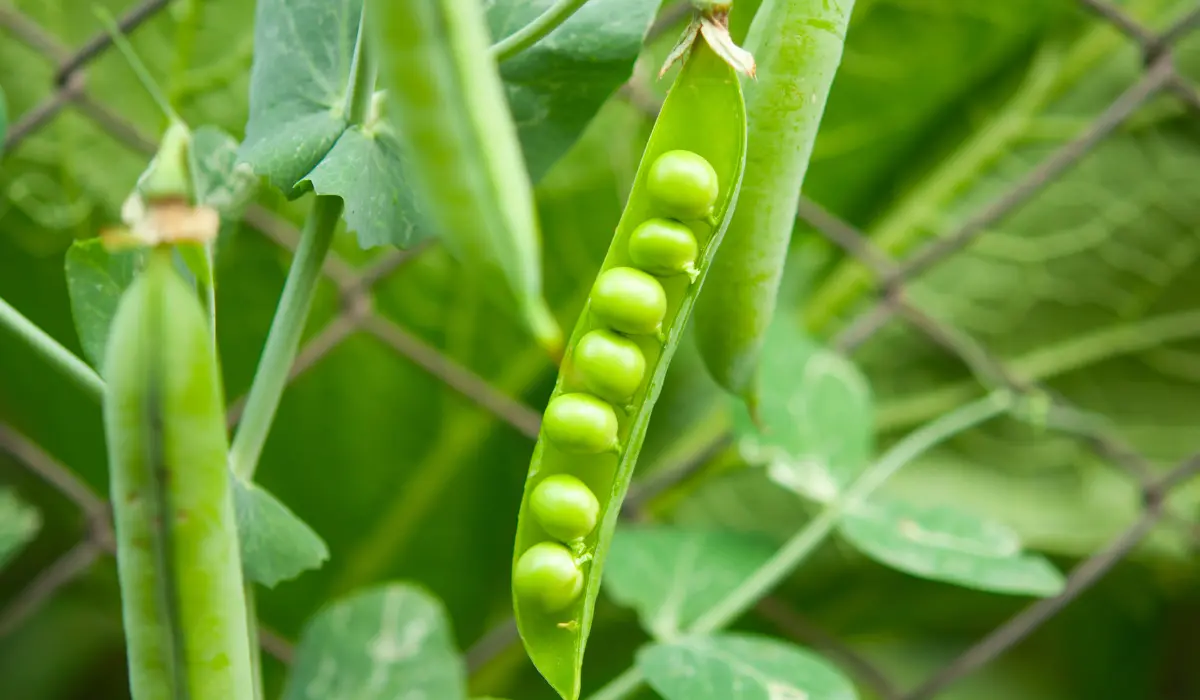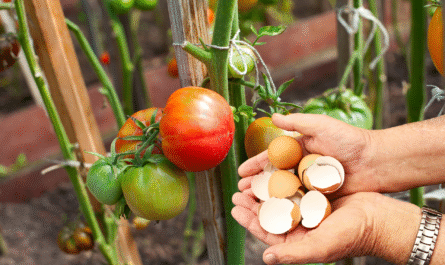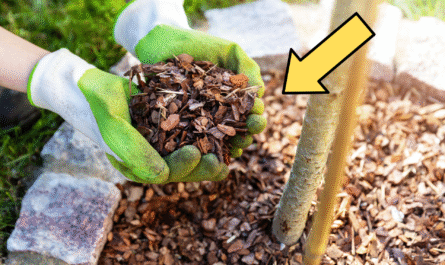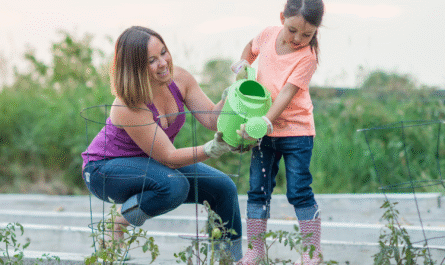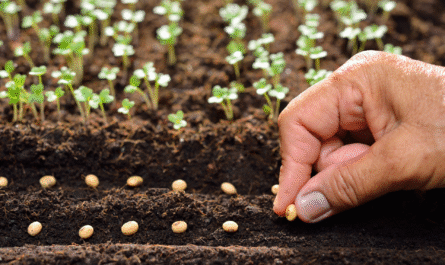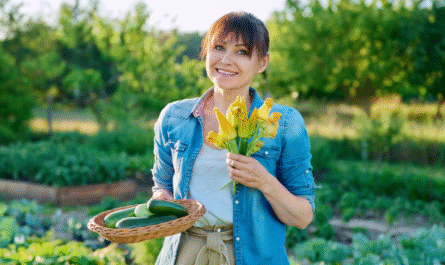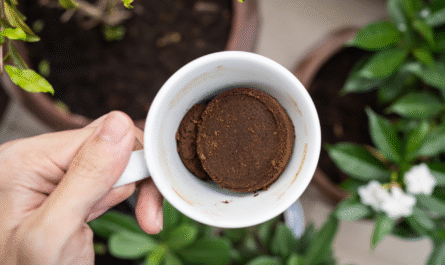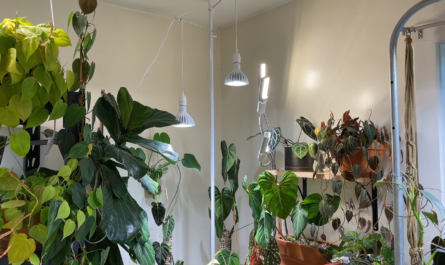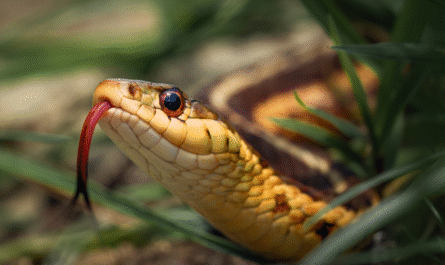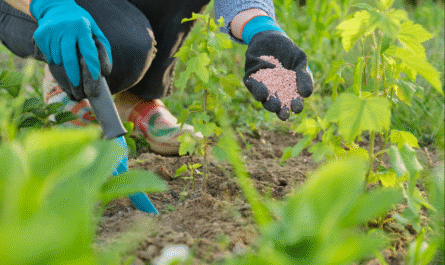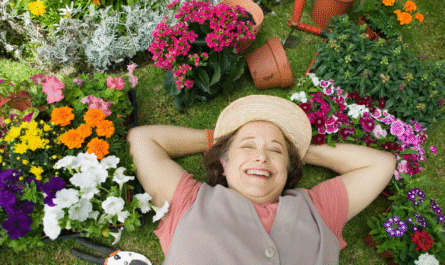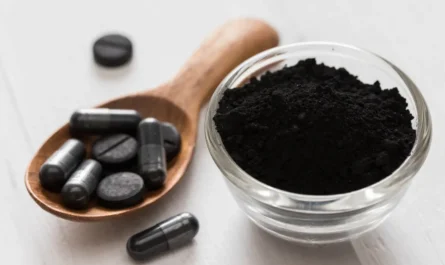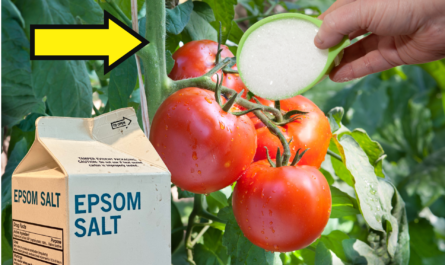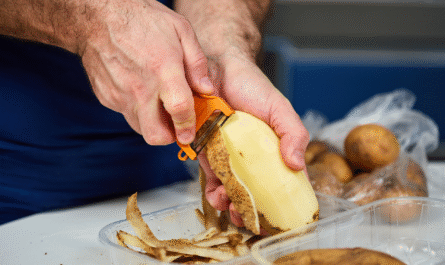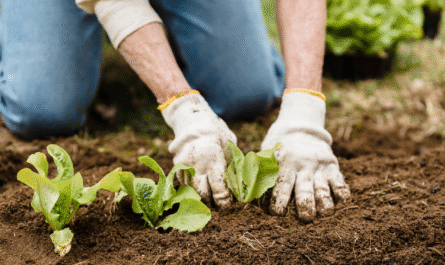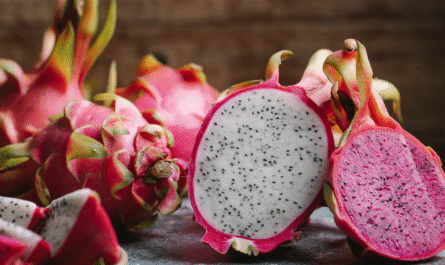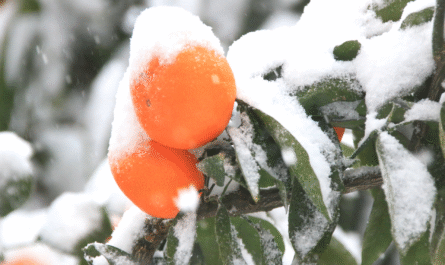When I plan my fall garden, I don’t just think about what I want to harvest, I think about how the plants will work together. Companion planting has always been one of my secret weapons for keeping pests down, improving soil, and squeezing every bit of productivity out of each square foot.
In fall, when daylight shortens and the soil cools, the right companions can make the difference between a sluggish garden and one that continues producing strong, healthy crops.
Fall gardens aren’t identical to summer gardens. Cooler temperatures bring a new set of challenges: slower plant growth, shifting pest populations, and moisture that lingers longer in the soil. That’s why I rely on plants that not only survive but actually enhance one another under these conditions. Over the years, I’ve found nine companions that earn their place in my autumn beds every single season.
1. Garlic
Garlic is one of the most reliable companions in a fall garden because it quietly works beneath the surface while keeping pests in check. Its sulfur compounds naturally repel aphids, cabbage loopers, and even Japanese beetles.
By planting garlic alongside brassicas like kale and broccoli, I’ve noticed significantly less chewing damage on the leaves. It’s like having a bodyguard that never takes a day off.
What I love most is how garlic improves the soil without competing heavily for resources. Its narrow growth habit allows me to tuck it in between rows of lettuce or around the borders of raised beds. While it’s busy developing underground, it doesn’t shade or crowd out shallow-rooted vegetables. That means I can maximize space while boosting protection.
In the fall, garlic pairs especially well with beets and spinach. The garlic deters pests, while the leafy greens help shade the soil around garlic shoots, keeping moisture consistent. By the time the spinach and beets are harvested, garlic is well on its way to maturing the following summer. It’s a long-term investment that pays off in both pest control and a flavorful harvest.
2. Chives
Chives are another favorite of mine for autumn beds because they punch far above their weight in terms of benefits. Their strong onion scent deters aphids and mites, pests that often hang around well into the cooler months. I’ve planted chives next to lettuce and noticed cleaner, crisper leaves that don’t need as much vigilance against aphid infestations.
Beyond pest control, chives enhance the flavor of nearby vegetables. Some gardeners dismiss this as anecdotal, but I’ve consistently noticed that my carrots and beets taste sweeter when grown near chives.
The subtle release of compounds into the soil seems to have a positive effect on root vegetables. For me, this makes chives not just a protective companion but also a culinary partner.
I usually tuck clumps of chives near kale, spinach, or other greens, where they stay productive well into late fall. Because they’re perennial, once you establish a good patch of chives, they return year after year, making them one of the most dependable long-term investments in any fall planting plan.
3. Carrots
Carrots are excellent team players in fall gardens. As root crops, they help aerate soil by creating natural channels for water and air. This loosening effect is particularly valuable when planted next to leafy greens like spinach or arugula, which thrive in soil that doesn’t compact easily. Carrots essentially do the tilling work for me without disrupting soil life.
They also fit beautifully into the rhythm of fall succession planting. Since carrots take a bit longer to mature, I often sow them in the same bed as fast-growing lettuce.
By the time the lettuce is ready for harvest, the carrots are just starting to establish themselves. This staggered growth pattern means I get two harvests from the same space without stressing the soil.
Pairing carrots with chives or garlic is another strategy I rely on. The alliums keep pests like carrot flies at bay, which can otherwise devastate a root crop. With this combination, I’ve pulled up some of the cleanest, straightest carrots from my fall beds.
4. Radishes
Radishes might be small and quick, but their value in the fall garden is enormous. They act as excellent trap crops, luring flea beetles and aphids away from more delicate plants like broccoli or kale. I often interplant them directly among brassicas to create a natural barrier of distraction for pests.
Another underrated benefit is how radishes break up compact soil. Their fast-growing roots push down and create pathways for moisture and air, making it easier for slower, deeper root crops like carrots or beets to thrive afterward.
Even if I don’t harvest all the radishes, I’ll sometimes let them decompose right in the soil as green manure, enriching the bed for the next crop cycle.
Because they grow so quickly, I can sow radishes in succession every couple of weeks throughout the fall. They pair best with lettuces and kale, where they don’t compete for space but provide ground cover that helps suppress weeds and conserve moisture. It’s a win-win companion strategy that keeps the garden humming along.
5. Spinach
Spinach is more than just a leafy green, it’s one of my most versatile companion plants in the fall. Its broad leaves act like a living mulch, shading the soil and locking in moisture during the cooler months. This is particularly useful in raised beds where soil can dry out quickly with wind exposure.
I often grow spinach under taller crops like broccoli or Brussels sprouts. The spinach benefits from partial shade while helping to reduce weeds around the base of the larger plants. It’s an efficient way to double up on yields without wasting an inch of space.
Spinach also makes an excellent partner for root crops. While beets or carrots are busy developing underground, spinach covers the surface, giving me two harvests from one bed. This layering effect keeps my fall garden both productive and manageable, while reducing the need for constant mulching.
6. Calendula
Calendula is one of my favorite flowers to weave into the fall garden because it pulls triple duty. First, it attracts beneficial insects like ladybugs and hoverflies, which keep aphid populations under control when cooler temperatures slow down natural predators. It’s like calling in reinforcements just when I need them most.
The second reason I plant calendula is its versatility beyond the garden. Its petals are edible and medicinal, often used in teas and salves. Having a plant that supports both the garden ecosystem and my home apothecary makes it a no-brainer for me.
Calendula also helps with soil health by deterring nematodes, microscopic pests that can damage roots. By interplanting calendula with brassicas and leafy greens, I’ve seen stronger root development and fewer signs of stress in my crops. Plus, the bright blooms add a burst of color that keeps my fall beds lively.
7. Nasturtiums
Nasturtiums are one of the most dependable pest-management companions in my fall garden. Their soft leaves attract aphids, flea beetles, and squash bugs away from crops like kale and cabbage. I think of them as sacrificial protectors, pests flock to nasturtiums, leaving my vegetables largely untouched.
What I appreciate most, though, is that nasturtiums aren’t just sacrificial. Their flowers are edible and make a peppery addition to fall salads. By planting nasturtiums, I get both a natural pest trap and a unique culinary ingredient, which makes them invaluable in a multi-purpose garden.
They pair particularly well with brassicas and root crops. By trailing along the edges of raised beds, nasturtiums also act as a living mulch, shading soil and suppressing weeds. They may be delicate-looking, but their benefits are powerful in extending the productivity of a fall garden.
8. Peas
Peas are one of my favorite nitrogen fixers to use in the fall garden. Their ability to capture nitrogen from the air and feed it into the soil enriches the entire bed, especially for leafy greens that crave nitrogen during rapid growth phases. Even after the peas are harvested, their root systems continue to feed soil microbes.
Because peas grow vertically, they make excellent use of space in fall gardens where horizontal space may be limited. I often trellis peas alongside spinach or lettuce, allowing them to climb while their leafy neighbors take advantage of the enriched soil below. This creates a stacked ecosystem that keeps the bed highly productive.
Peas are especially useful as a transition crop. When grown in the fall, they leave behind nutrient-rich soil that sets the stage for spring planting. In this way, peas don’t just contribute to the current season—they improve the garden for the next one as well.
9. Dill
Dill is an herb I never skip in fall plantings. Its feathery leaves and umbels attract predatory insects like lacewings and parasitic wasps, both of which help control caterpillar and aphid populations. In a season where pests can linger, dill is a frontline defense that works without chemicals.
I’ve also noticed that dill subtly enhances the flavor and vigor of crops like cabbage and kale when planted nearby. The volatile oils released by dill seem to have a protective effect against pests while boosting plant health. It’s an herb that does far more than just season my soups and pickles.
Dill thrives in cooler temperatures, making it perfectly suited for fall conditions. I typically plant it near brassicas, root vegetables, or even among spinach, where it grows quickly and adds both garden resilience and culinary value.
Additional Considerations in Fall Companion Planting
Companion planting in fall requires a bit more planning than in summer. Shorter days mean crops grow more slowly, so timing your plantings is crucial. I always stagger sowings and choose companions that complement one another’s growth rates. Fast growers like radishes protect and prepare the soil, while slower crops like carrots and garlic mature in the background.
Spacing also matters. Fall gardens can quickly become overcrowded if you’re not careful. I try to think vertically as much as possible, peas climbing upward, spinach spreading across the soil, and root crops digging downward. This layered approach allows me to fit more into smaller beds without compromising plant health.
Finally, I make sure to mulch generously. Companion plants are most effective when the soil stays consistently moist and insulated. Mulching not only supports root development but also extends the productivity of tender crops deeper into the season.
Final Thought
Every fall, I’m reminded that a productive garden isn’t just about what I plant but about how those plants interact. Garlic, dill, peas, and nasturtiums each bring their own unique benefits, and together they create a self-sustaining system that reduces pests, enriches soil, and stretches harvests well into the colder months.
If you’ve never experimented with companion planting in the fall, I encourage you to start small. Try pairing a few of these allies together and observe the results. Over time, you’ll discover the combinations that thrive best in your climate and soil, and you’ll build a fall garden that practically takes care of itself.
FAQs
Think in layers, roots (carrots, beets), ground cover (spinach, nasturtiums), and vertical growers (peas). This strategy lets you grow more in less space without stressing individual plants. Chives, radishes, spinach, and nasturtiums thrive in containers. Just be mindful of spacing and pair plants with similar water and nutrient needs. Ideally, you want to plant at least 6–8 weeks before your first hard frost to give companions time to root and start benefiting nearby crops. Hardy plants like garlic and spinach can be planted closer to frost. Yes. Avoid planting alliums (garlic, chives) too close to peas, as they can stunt legume growth. Also, don’t overcrowd heavy feeders like brassicas with too many nitrogen-hungry neighbors. How do I prevent overcrowding when using multiple companion plants?
Which of these companions also work well in containers?
How soon before frost should I establish companion plants?
Are there companion pairings I should avoid in the fall?

